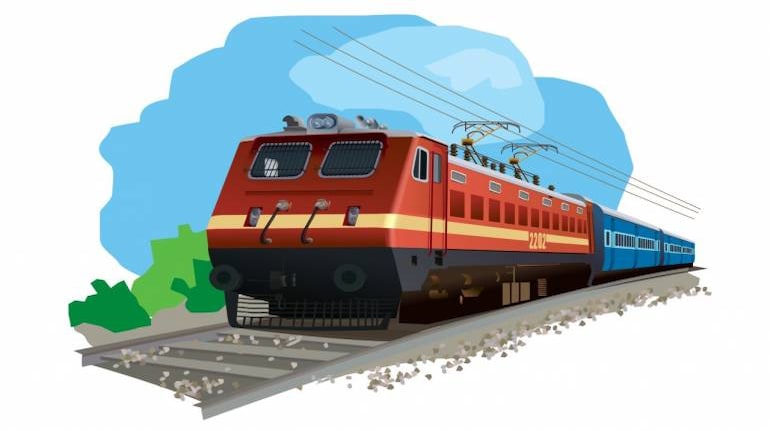



The Indian Railways will need to raise a minimum of Rs 30,000 crore from asset monetisation and privatisation in 2023-24, after the government has limited the railway's market borrowing for the next financial year to around Rs 50,000 crore, multiple senior government officials said.
The central government has limited the Railways ministry's Internal and Extra Budgetary Resources (IEBR) to Rs 52,783 crore in 2023-24 from Rs 95,943 crore in 2022-23, according to the Budget document of 2023-24.
"Indian Railways will need to raise around Rs 30,000- Rs 40,000 crore from asset monetisation in 2023-24 to raise additional funds for capital expenditure," a senior official from the Ministry of Railways said.
He added that not only will the Indian Railways double down on its efforts to monetise stations, trains, and tracks on the dedicated freight corridors, but is also working with experts to come out with an Infrastructure Investment Trust (InvIT) in 2023-24.
Another senior government official said that the central government's move to limit Indian Railway Finance Corp's market borrowing in 2023-24 really puts pressure on the Railway Ministry to raise funds through asset monetization.
"Procurement of wagons from the market to increase capacity, electrification of railways, setting up DFCs, increasing production of Vande Bharat trains, etc, are all capital-intensive projects and may need funding beyond the government's budgetary support," the second official said.
He added the Ministry of Railways aims to come out with new tenders to monetise stations through the engineering, procurement, and construction (EPC) mode by the second quarter of 2023-24
So far, Indian Railways has missed its asset monetisation target in 2021-22 and is likely to miss its target in 2022-23 as well. Against the asset monetisation target of Rs 57,000 crore for fiscal 2022-23, railways will likely raise only around Rs 20.000 - 25,000 crore.
Last year, the first year of the implementation of the Rs 6 lakh crore National Monetisation Pipeline (NMP), railways managed to garner Rs 800 crore, against a target of Rs 17,810 crore — 4.5 percent of the annual target.
While the central government did not set an asset monetisation goal for the Indian Railways in the Budget for 2023-24, according to the NMP, the Ministry of Railways will have to raise Rs 44,907 crore from asset monetisation in 2023-24.
According to the NMP, the Indian Railways will have to monetise 120 railway stations, 30 trains, 100 good sheds, 741 km of Konkan Railways, 337 km of DFCs, and five railway stadiums in 2023-24.
The central government has increased the budgetary allocation for capital expenditure (capex) by the Indian Railways to Rs 2.4 lakh crore in financial year 2023-24, an increase of 65.6 percent compared to 2022-23.
IRFC, the market borrowing arm of Indian Railways, has been asked not to borrow any money in the form of debt in the financial year 2023-24, according to Budget documents.
The government has listed IRFC's IEBR as negligible in 2023-24, indicating it will not look to borrow money to fund its capex.
In 2022-23, IRFC's IEBR was set at Rs 66,500 crore as part of the Budgetary allocation. As part of the government's revised estimates, IRFC's IEBR for 2022-23 will come in at Rs 48,500 crore 2022-23. In 2021-22 IRFC borrowed Rs 60,683.41 crore from the market.
IEBR comprises funds by way of profits, loans, and equity. IRFC’s borrowings are used to buy locomotives, wagons, and coaches, and to fund projects.
The Ministry of Railways is targeting 100 percent electrification of its network by 2023, laying off at least 2,000 km of new tracks, and rolling out new Vande Bharat trains.
The railways will lay new tracks for a distance of 7,000 kilometers in the financial year 2023-24. ‘Jan Suvidha’ convenience stores will also be built at 2,000 stations.
Discover the latest Business News, Sensex, and Nifty updates. Obtain Personal Finance insights, tax queries, and expert opinions on Moneycontrol or download the Moneycontrol App to stay updated!
Find the best of Al News in one place, specially curated for you every weekend.
Stay on top of the latest tech trends and biggest startup news.